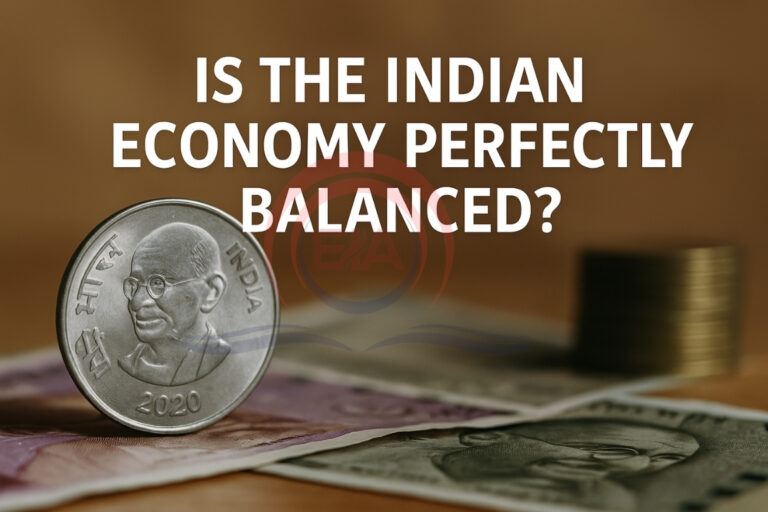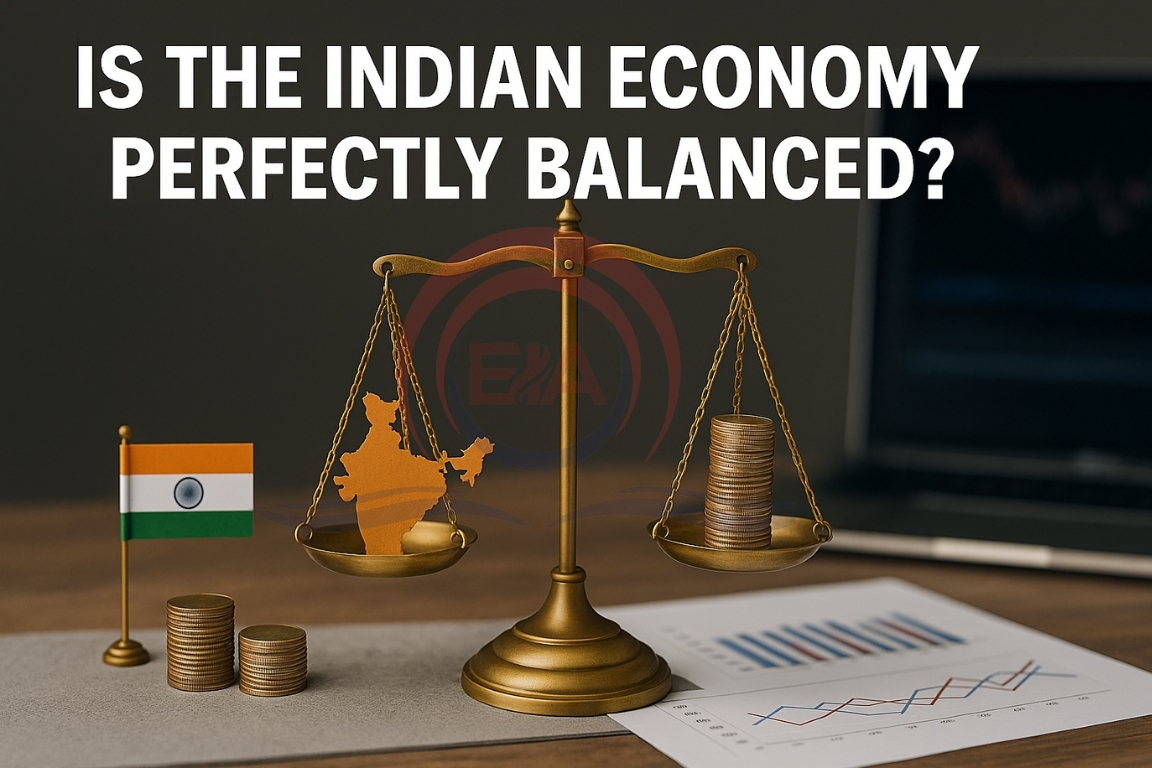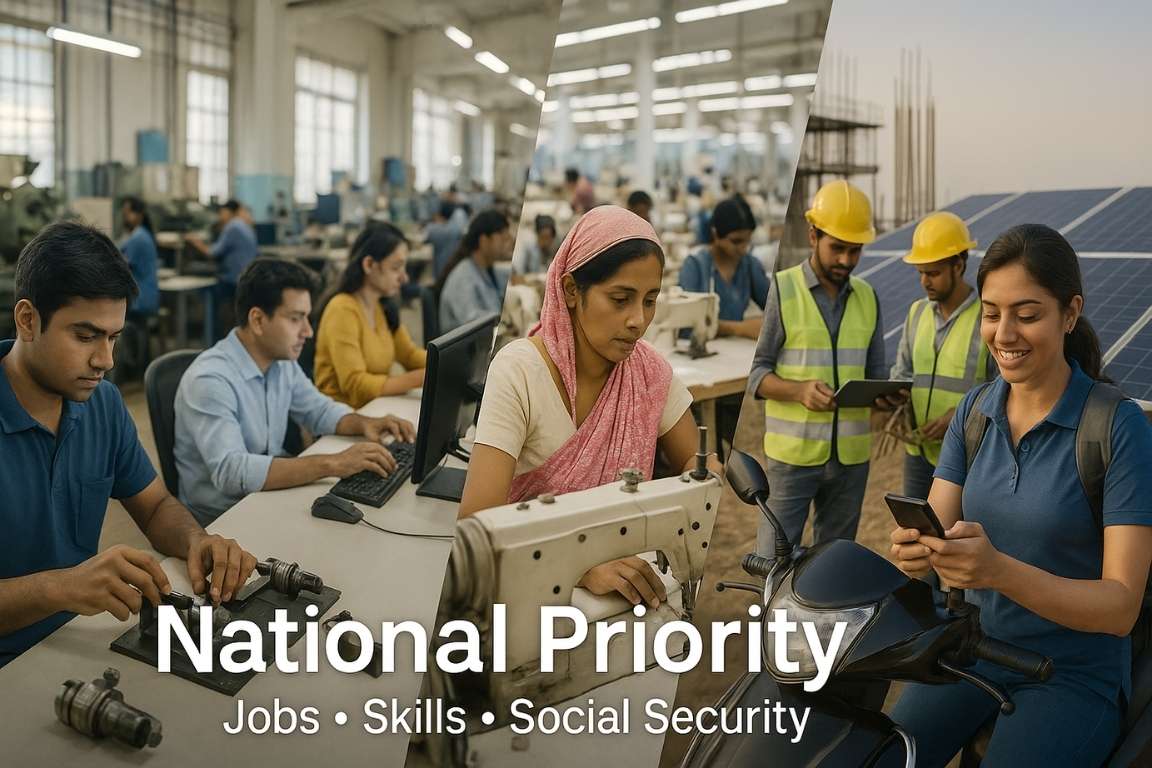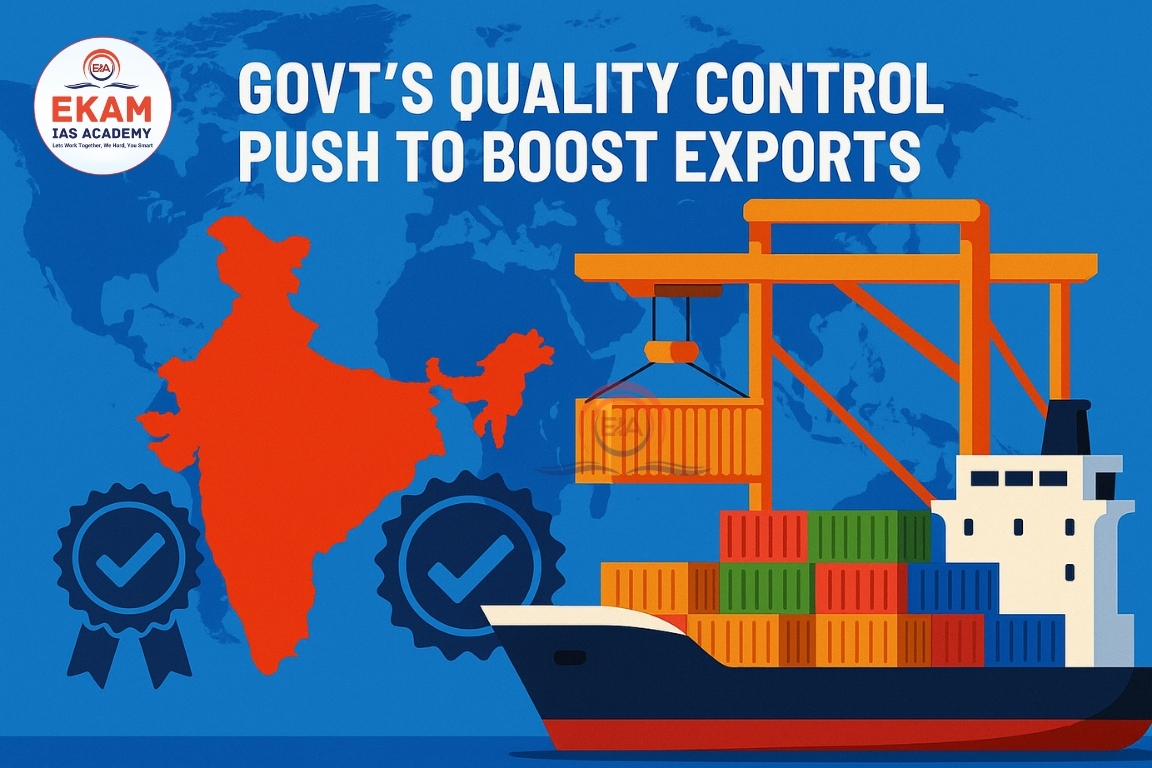Recently, the Finance Ministry declared India to be in a “Goldilocks” phase marked by steady growth, controlled inflation, and stable monetary conditions. However, deeper economic indicators reveal that this ideal scenario might not reflect the ground reality for most Indians.
What is a “Goldilocks” Economy?
- A situation where the economy is “just right” not too hot (high inflation) or too cold (low growth).
- Ideally features moderate inflation, steady GDP growth, and favourable policy support.
Food Inflation vs General Inflation
- While CPI fell from 4.8% (May 2024) to 2.82% (May 2025), food inflation remained much higher.
- In Oct 2024, food inflation hit 10.87%, even as general inflation was 6.21%.
- Food forms nearly 50% of spending for poor households. Volatile food prices hurt savings and diet quality.

Stagnant Real Wages
- Nominal salary hikes seem decent (e.g. 9.2% in 2023), but real wage growth was only 2.5% due to inflation.
- In 2020, real wage growth was negative (-0.4%).
- This erodes purchasing power, reduces discretionary spending, and increases debt.
Rising Income Inequality
- The Gini coefficient (measuring income inequality) fell from 0.489 (AY13) to 0.402 (AY23) but only reflects formal sector incomes.
- Most low-income, informal workers are not captured in this data.
- K-shaped recovery: High earners thrive post-COVID; lower earners struggle with stagnant incomes.
High Fiscal and Revenue Deficits
- Fiscal deficit expected to drop from 6.4% (2022-23) to 4.4% (2025-26).
- Yet, public debt is 81% of GDP — well above the FRBM Act’s 60% target.
- High borrowing may reduce funds for private sector and increase future taxes.
Limited Room for Welfare Spending
- A large share of revenue is spent on interest payments.
- Less funding is available for health, education, and infrastructure — affecting long-term growth.
Conclusion:
The “Goldilocks” term may suit macro indicators, but not the lived experiences of most citizens. The real economy struggles with price shocks, low wage growth, and income gaps.





